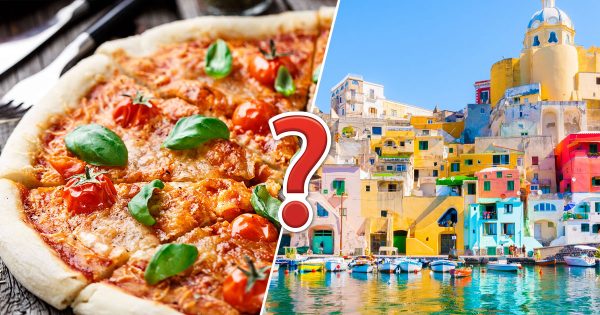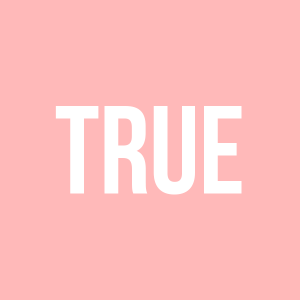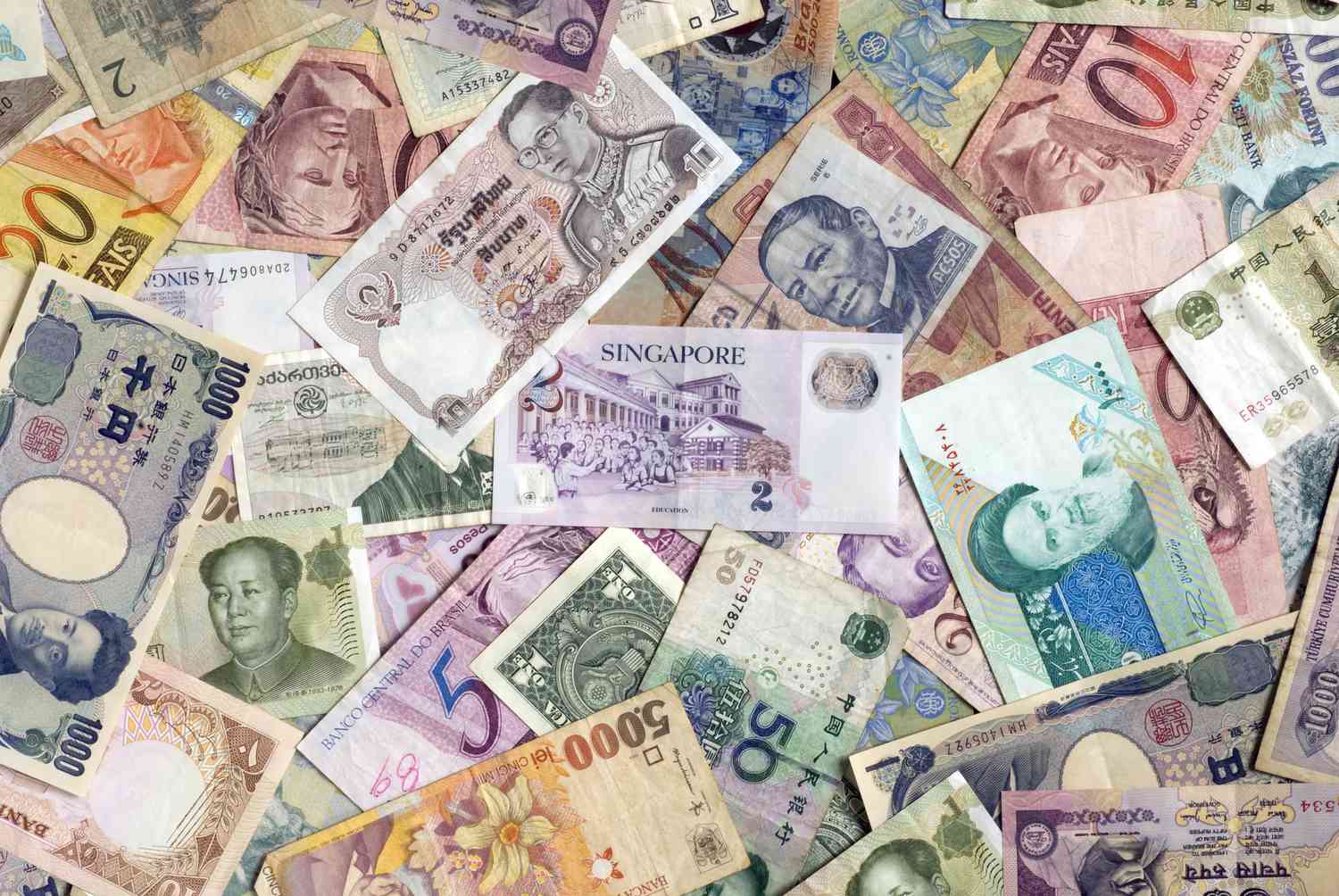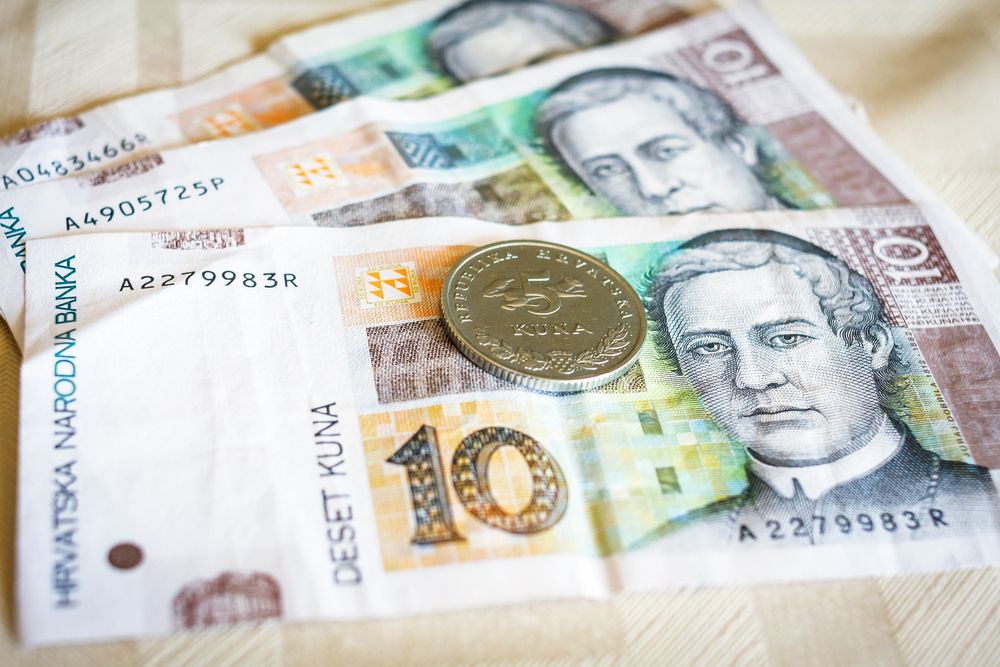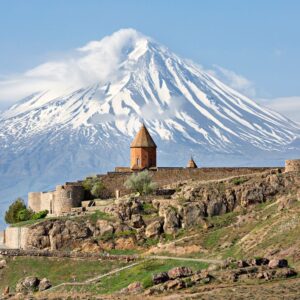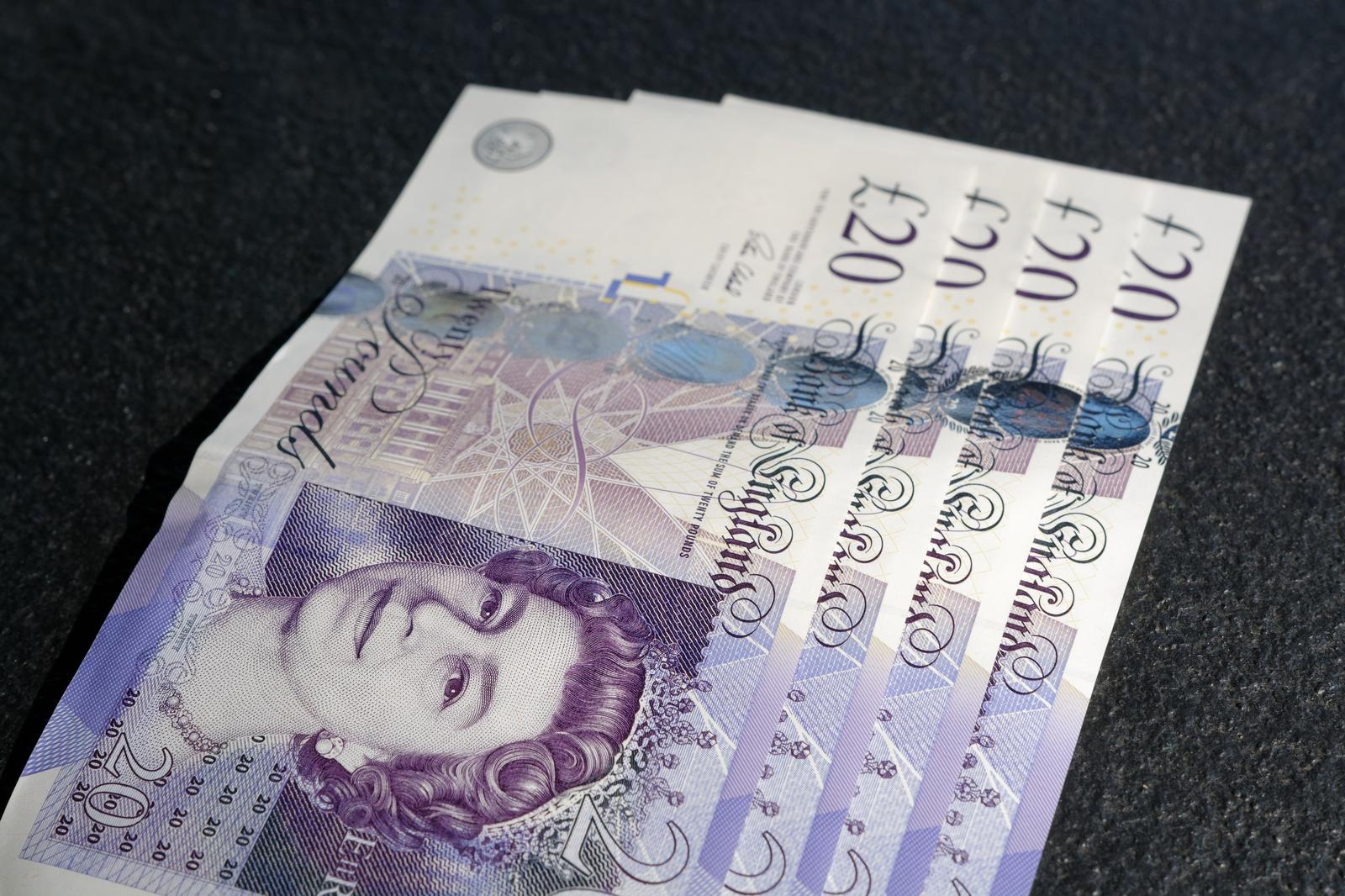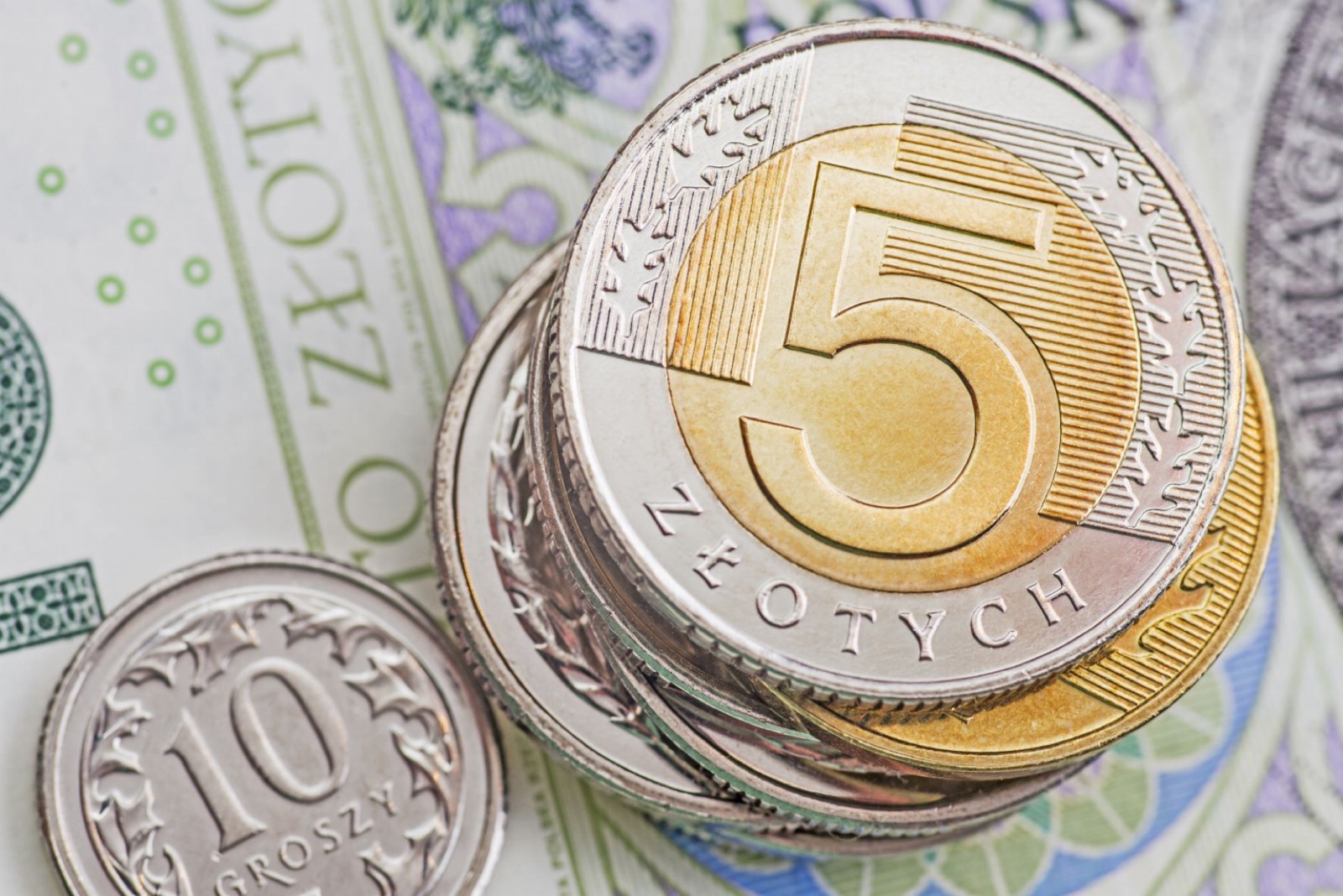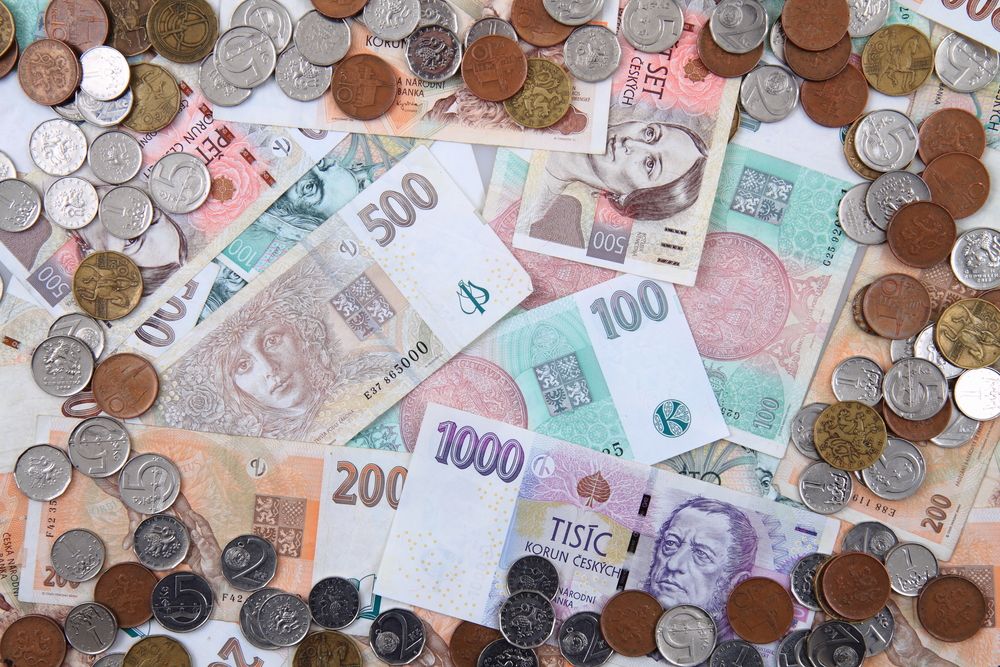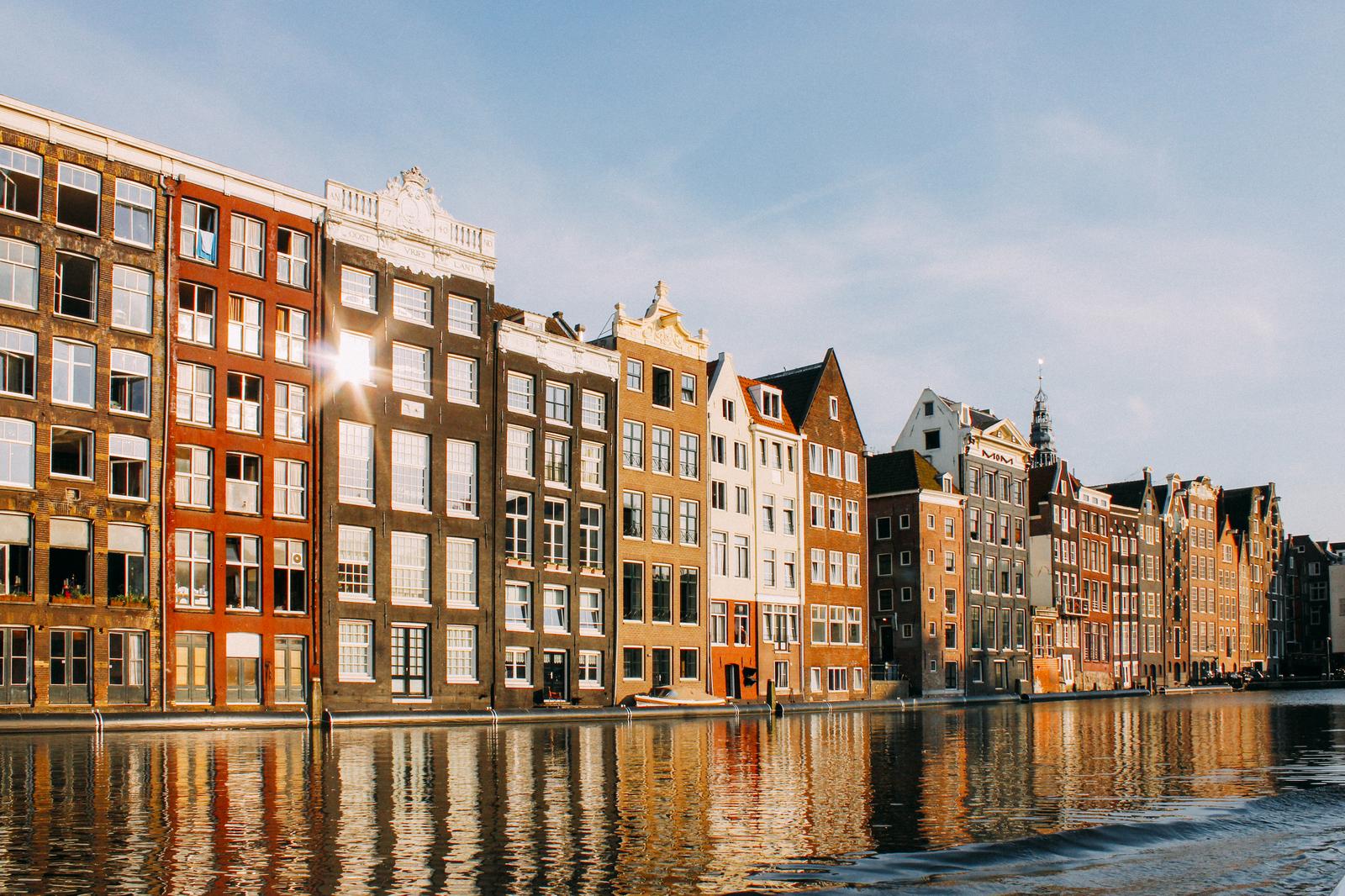Ready to put your money where your mouth is?
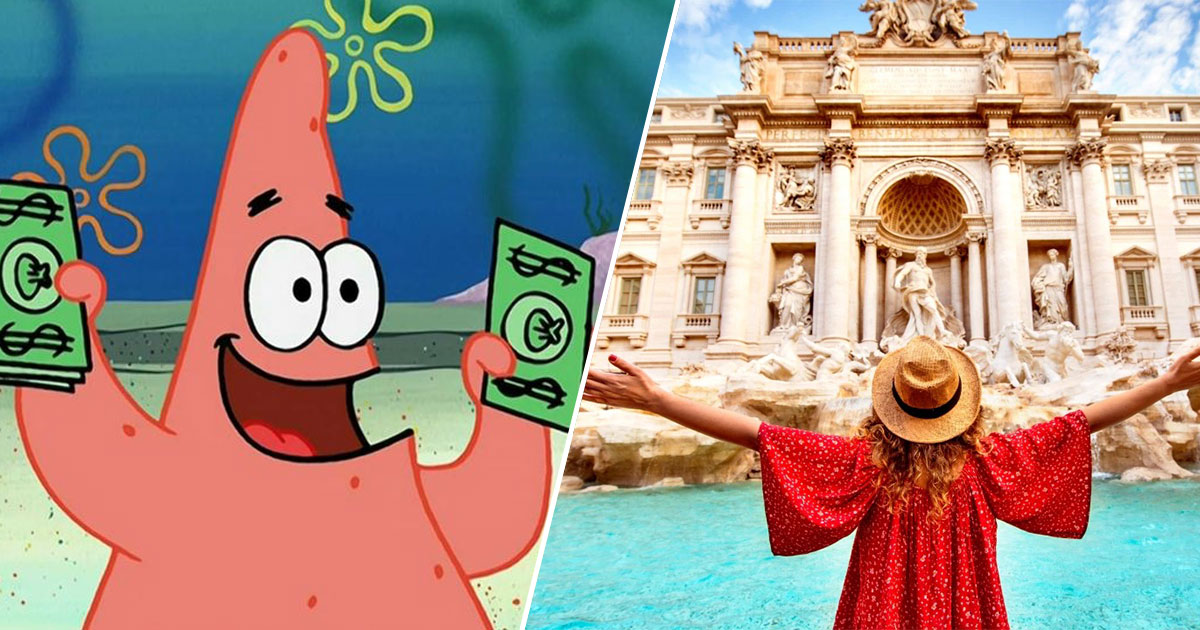
Save your scores! Log in before you play.
Is Quizly fun for you? Support us by getting a Premium subscription.
Get PremiumAre you ready to embark on a European adventure that doesn't require a passport or a suitcase? Well, buckle up, because we're about to take you on a money-filled roller coaster that will put your European currency IQ to the test! Whether you're a globetrotter or just a curious soul who loves learning about different cultures, this quiz is your golden ticket to becoming a certified Euro expert. So, grab your thinking cap and get ready to show us the Euros, because we're about to dive deep into the fascinating world of European currencies!
Picture this: you're strolling through the streets of Paris, munching on a croissant, and suddenly, you stumble upon a quaint little shop. As you step inside, you notice an array of colorful banknotes from various European countries. Intrigued, you start examining the intricate designs, hoping to decipher the secrets hidden within. Well, consider this quiz your virtual magnifying glass, as we zoom in on the unique features, historical figures, and mind-boggling trivia behind European currencies.
Exploring European Currencies
If you've ever traveled to Europe or are planning to do so, understanding European currencies is essential. European countries, despite their geographical proximity, each have their own unique currencies, and this can be a bit bewildering. In this comprehensive guide, we'll take you on a journey through the fascinating world of European currencies, helping you grasp the basics before diving into a fun trivia quiz.
Before we dive into the trivia quiz about European currencies, let's first build a solid foundation of knowledge about this diverse and complex topic.
The Euro: A Unifying Force
When talking about European currencies, it's impossible to ignore the Euro (€), the most widespread currency in the European Union. Launched in 1999, the Euro is used by 20 of the 27 EU member states. This currency has played a pivotal role in facilitating trade and travel across the continent. Whether you've used the Euro before or not, it's crucial to have a basic understanding of this unifying currency.
The Euro is divided into 100 cents and is represented by the symbol €. It's used by countries such as Germany, France, Italy, and Spain, making it one of the most recognizable currencies in the world.
Non-Eurozone Currencies
While the Euro is the dominant player in the European currency market, several countries in Europe have chosen to keep their own currencies. Each of these currencies reflects the unique history, culture, and economic conditions of their respective nations.
The British Pound Sterling (£): Used in the United Kingdom, the British Pound Sterling is one of the oldest currencies in the world. It's commonly referred to as the Pound.
The Swiss Franc (CHF): Switzerland's official currency, the Swiss Franc, is known for its stability and is used both in Switzerland and the neighboring country of Liechtenstein.
The Danish Krone (DKK): Denmark's currency, the Krone, is used not only in Denmark but also in the Faroe Islands and Greenland.
The Norwegian Krone (NOK): Norway's Krone is the official currency and is also used in Svalbard and Jan Mayen.
The Swedish Krona (SEK): The Krona is Sweden's currency, and it's used exclusively within the country.
Central and Eastern European Currencies
Moving eastwards, you'll encounter a rich tapestry of currencies in Central and Eastern Europe. These currencies reflect the region's diverse history and the unique characteristics of each nation.
The Polish Złoty (PLN): Poland's currency, the Złoty, has been in use for centuries and is a source of national pride.
The Hungarian Forint (HUF): Hungary's currency, the Forint, features unique banknotes with rich historical and cultural symbolism.
The Czech Koruna (CZK): The Czech Republic's Koruna is used exclusively within its borders, and it's represented by the symbol Kč.
The Romanian Leu (RON): Romania's Leu, with its fascinating history and unique design, is an essential part of the country's identity.
The Russian Ruble (RUB): Though Russia spans both Europe and Asia, the Ruble is a key European currency used extensively in the western part of the country.
The Balkan Melting Pot
The Balkans are a region where various currencies coexist, reflecting the complex history and political dynamics in the area.
The Serbian Dinar (RSD): Serbia's currency, the Dinar, is a symbol of the nation's resilience and determination.
The Croatian Kuna (HRK): Croatia's Kuna features wildlife motifs on its banknotes and is an emblem of the country's natural beauty.
The Bulgarian Lev (BGN): Bulgaria's currency, the Lev, is named after the country's medieval silver coin.
The Albanian Lek (ALL): The Lek is Albania's official currency, featuring historical figures on its banknotes.
The Euro Quiz: Test Your Knowledge!
European currencies are not just a medium of exchange; they are a reflection of a nation's history, culture, and identity. Understanding these currencies can enhance your travel experiences and help you appreciate the diversity of Europe. Whether you're planning a trip or just curious about the world's currencies, exploring European currencies is a fascinating journey.
Now that you have a foundational understanding of various European currencies, it's time to put your knowledge to the test. Take our European Currencies quiz and challenge yourself on your newfound currency expertise.


